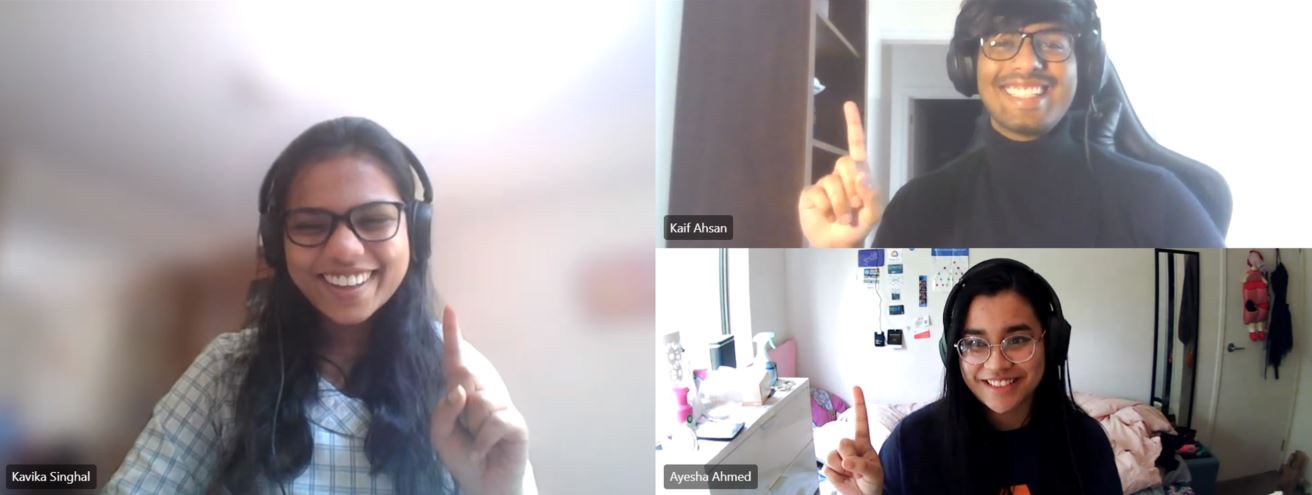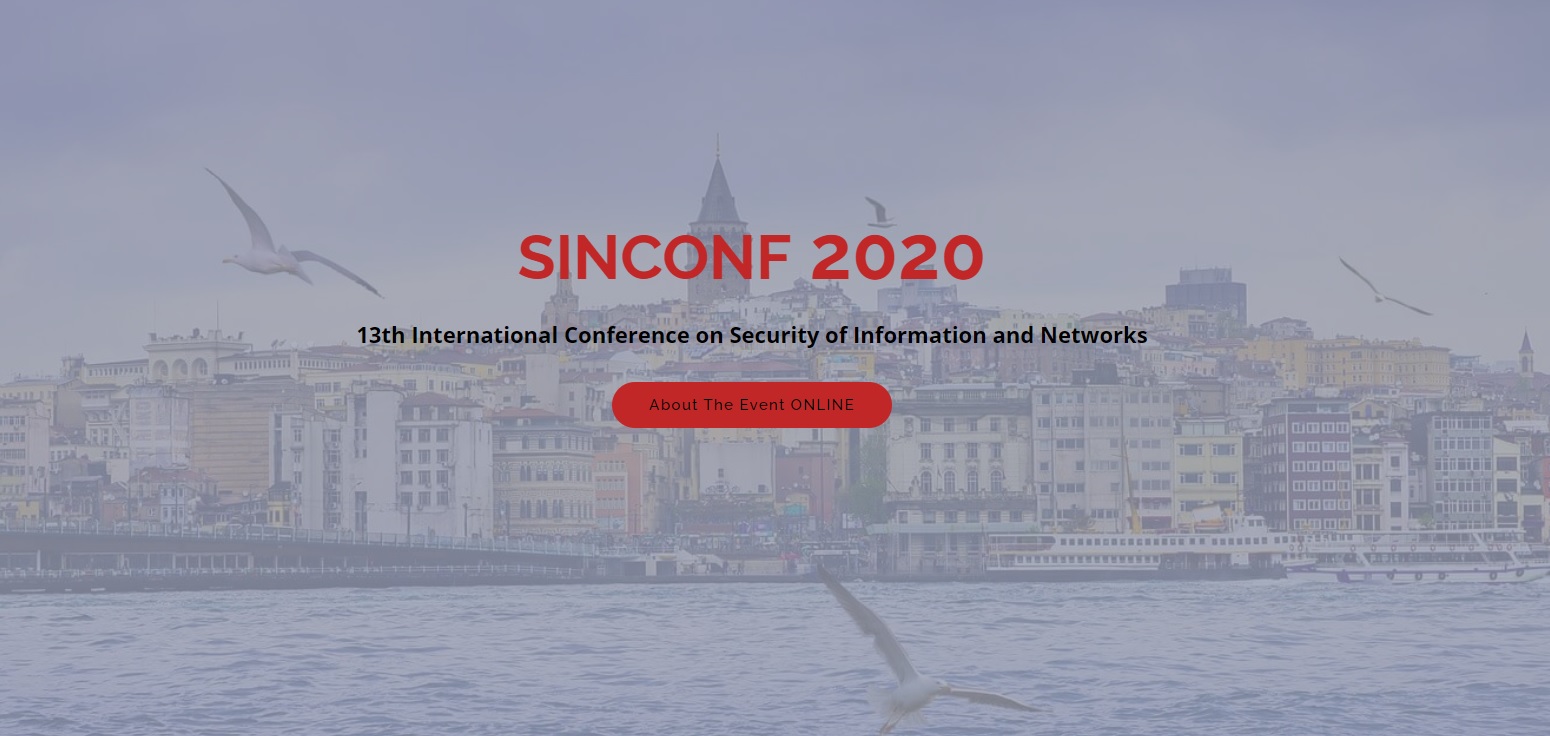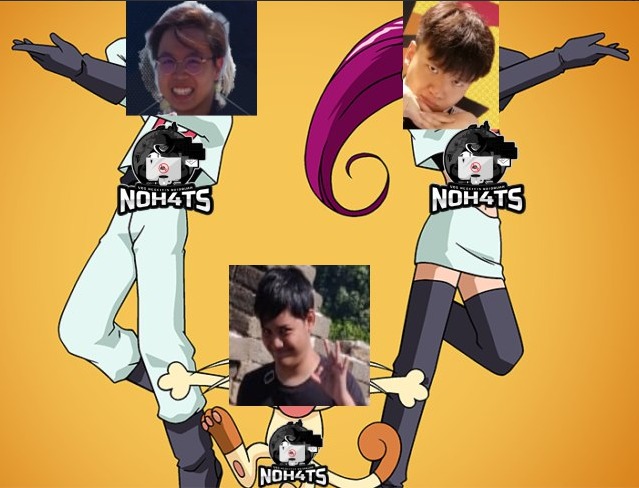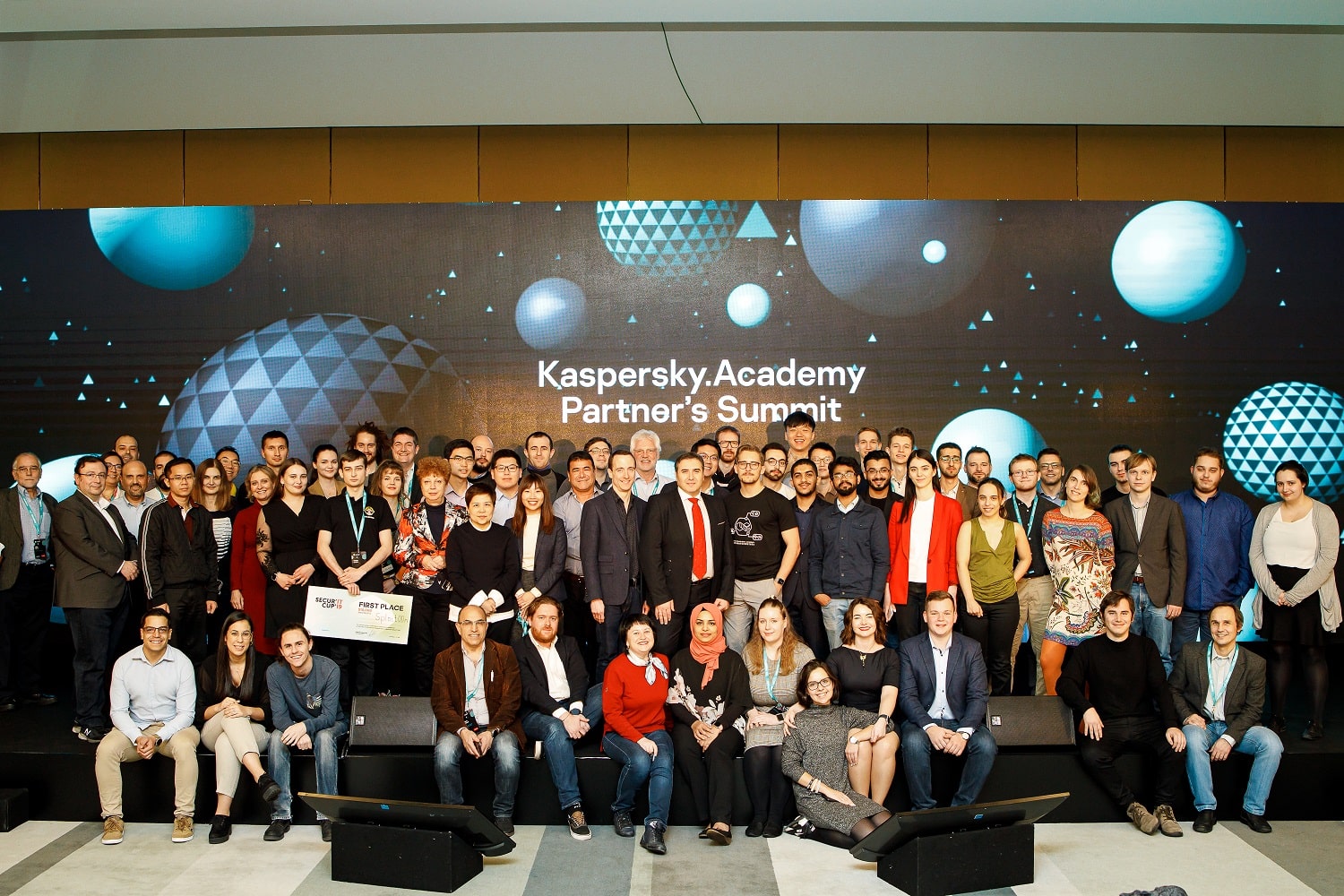Students boil it down to awareness and machine learning for a cyber safe future

Kaspersky interviewed the winning teams of the recent Secure’IT Cup Australia Hackathon hosted by Hackathons Australia where students spoke about how their projects help build a cyber safe future. Apart from changing passwords and not clicking on suspicious links, Gen Z agreed that more awareness and machine learning capabilities are the go-tos needed to partake in a future of cyber immunity. Kaspersky dives in to find out more about the respective team’s projects.
Team ByteMe: Cyber security education for schools Ayesha Ahmed was clear on a running problem “Cyber security is often considered an afterthought and not often embedded in the start of the process. We hear how people are the weakest link to cyber security challenges. If we can’t target people, how else are we going to fix the issue?”
At its core, the winning team’s project is designed to educate kids and teenagers through schools. Team member Kaif Ahsan says, “Our product can make a difference from one generation to the next. It targets a large group of people and more importantly, over a longer duration of time.”
The team’s project is quiz-based in a simulation environment and requires students to give up personal information. If the student agrees to volunteer information, that’s when the cyber education begins.
Kavika Singhal who is currently doing a bachelor in cyber security and behavior in Western Sydney University adds, “The simulation environment gives students an experience on what it is like to be attacked by a phishing email or ransomware and how to take preventive measures.”
Team Sudo_Users: Machine learning for better threat prediction It was a tie for the runner-up position. Harish Sankaraj Parameswaran from RMIT University worked solo on his project targeting the security analysts working at Security Operation Centres.
He says, “Often, security analysts spend too much time manually analysing logs. This is time consuming and poses a higher possibility of online threats going unnoticed. My project utilises machine learning algorithms and capabilities to automate the process. Analysts will then be able to focus on identifying potential threats and securing the organisations network in a more efficient way.” When asked about costs, Harish adds, “I put forward a variety of open source tools which is freely available online. I want this to be accessible to everyone — business, enterprise, entrepreneurs and even teachers for tutorials.”
Team OK Google: Make users responsible Amanda and Lalitha learnt through their internships placements what companies were exploring around IoT. Amanda said, “I learnt about the IoT responsibilities from getting the device to auditing and seeing if it has all the right controls in place.”
With knowledge from the vendor perspective, Lalitha says, “I thought why not take it further and give the responsibility to the user? As much as it’s the manufacturers job to keep users from cyber-attacks, that can only go to a certain extent. Users also needs to be knowledgeable — to protect themselves equally from online threats.” Their app design targets people who live in smart homes and use smart devices on a daily basis. Valeria adds, “I find it concerning when my parents use very simple passwords on their home internet. When I think the future of IoT, I do hope more people are made aware of their cyber habits online with this app.”
This is the 2nd year running where Australian students participate in Kaspersky’s internationally recognised SecureIT cup. Due to the nature of Covid-19 and Stage 4 restrictions in Melbourne, this was the first online hackathon hosted by both organisers.
News
- Kaspersky announces winners of 2021 Secur’IT Cup student competition Learn more
- Secur’IT Cup ’21: finding the next generation of cybersecurity professionals for the future of technology Learn more
- Kaspersky announces winners of its annual Secur’IT Cup student competition Learn more
- Kaspersky Academy held its annual summit in brand new format Learn more
- Kaspersky participated in SinConf 2020, an international cybersecurity conference Learn more
- Winners of Secur'IT Cup Middle east hackathon announced Learn more
- Students boil it down to awareness and machine learning for a cyber safe future Learn more
- Kaspersky and Hackathons Australia call students to win the Secur’IT Cup Learn more
- Congratulations to the Kaspersky challenge winners at JunctionX Asia! Learn more
- Kaspersky announces winners of its annual Secur’IT Cup student competition Learn more










